Bill Reed - Jan 31, 2013 9:55 am - Voted 10/10
Very nice page!A great collaboration. Thanks for your time and efforts, enjoyed it immensely!!
Chaberton - Jan 31, 2013 10:05 am - Hasn't voted
Re: Very nice page!Thank you very much Bill.
A stroke of luck at Christmas. A complete collection of photos with all the captions.
Before that there were only postcards (few) on the Web.
Marc and I have just put together photos and testimonials.
All the best.
Roberto.
Antonio Giani - Jan 31, 2013 9:58 am - Voted 10/10
Ciao Roby...Scrivilo anche in Italiano...
Cmq è un ottimo lavoro Bravi...
Ciao Antonio
Chaberton - Jan 31, 2013 10:07 am - Hasn't voted
Re: Ciao Roby...Grazie Antonio è la prossima cosa che pensavo di fare, magari utilizzando la prima bozza ed aggiungendo il link alla pagina finale.
Anche perchè sul web c'è veramente pochino su questo argomento.
un abbraccio.
Roberto.
Alberto Rampini - Jan 31, 2013 12:12 pm - Voted 10/10
Great article!Congratulations to both Rob and Marc!
It's very important to show the bad changes that are happening on our mountains. All of us must reflect about this facts.
ciao
alberto
Chaberton - Jan 31, 2013 12:18 pm - Hasn't voted
Re: Great article!Thank you very much Alberto,
Good memories and beautiful images of the past......apart.
Is that the message of the article.
Buona serata.
Roberto.
Redwic - Feb 5, 2013 11:16 am - Voted 10/10
Thank you for sharing!Where I live, in the western United States, we are also watching our glaciers shrink in size. I personally believe this to be a natural cycle for glacial activity. However, I also believe that human activity has led to an unintended acceleration of the process during its current cycle. Some glaciers are disappearing at an alarming rate, which is sad to see.
Chaberton - Feb 5, 2013 11:41 am - Hasn't voted
Re: Thank you for sharing!Hello Redwic and thank you very much for the visit.
I read recently that there is a glacier in the United States that grows to 10 meters per year.
This is Mount Saint Helen.
It is considered a true haven of natural rebirth by biologists.
In your opinion, is that true?
All the best.
Roberto.
Redwic - Feb 5, 2013 12:54 pm - Voted 10/10
Re: Thank you for sharing!Yes, that is correct. However, there are specific reasons why that specific glacier is growing, while nearly all others in our region are decreasing in size:
The glacier is located INSIDE of the Mount Saint Helens crater, so it is shaded from a lot of direct sunlight and gets periodically covered (protected) by wind-blown ash and dust. Snow/ice accumulates in the crater (mostly near the inside of the south rim of the crater) during Winter and Spring, then consolidates, and ultimately adds to the glacier size. Those are the reasons why that glacier continues to grow.
The glacier does not have an official name, but many mountaineers refer to it as the "Crater Glacier".
Chaberton - Feb 5, 2013 1:10 pm - Hasn't voted
Grazie (O:Thank you for the clarification Redwic (especially for the name of the Glacier).
It is certainly another fantastic place that would be really worth going to see.
All the best.
Roberto.
Redwic - Feb 5, 2013 2:20 pm - Voted 10/10
Re: Grazie (O:If you ever head out this direction, definitely notify me and I would be happy to take you to Mount Saint Helens or around this region.
Chaberton - Feb 6, 2013 5:26 am - Hasn't voted
Thank you (O:for your very kind invitation.
Of course, the same goes for you if you come to visit the Western Alps.
All the best.
Roberto.




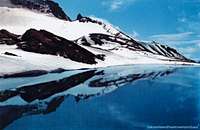
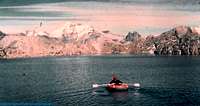
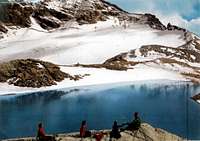
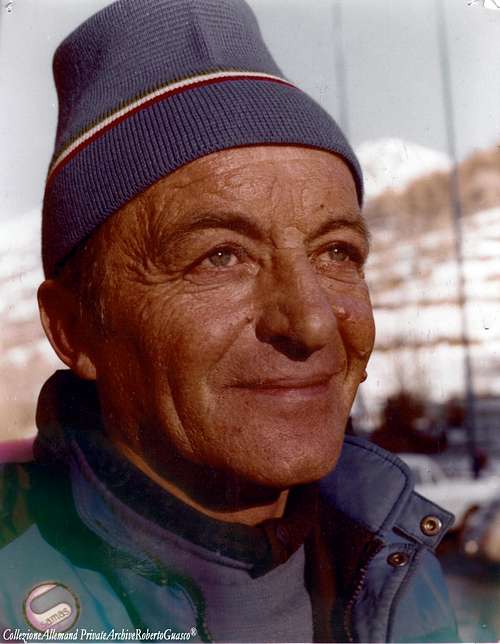
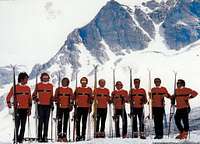













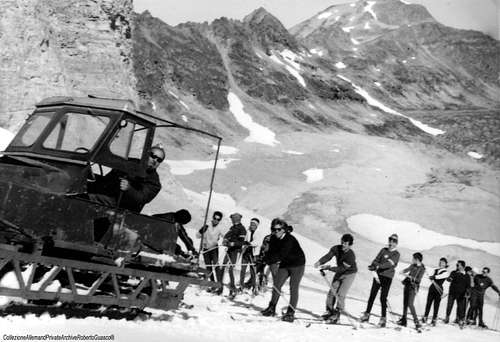


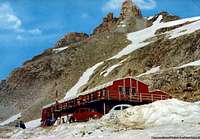

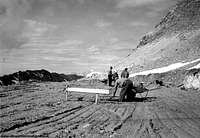



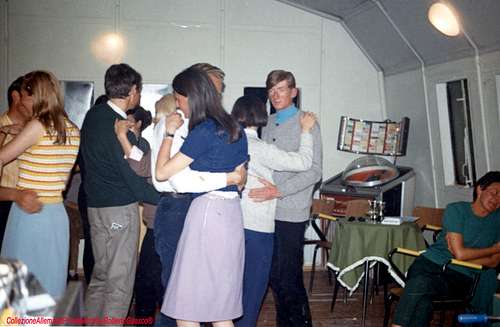



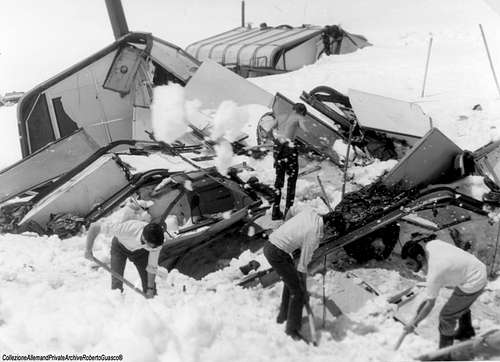

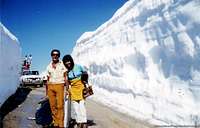




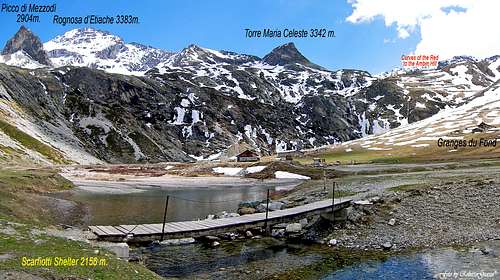
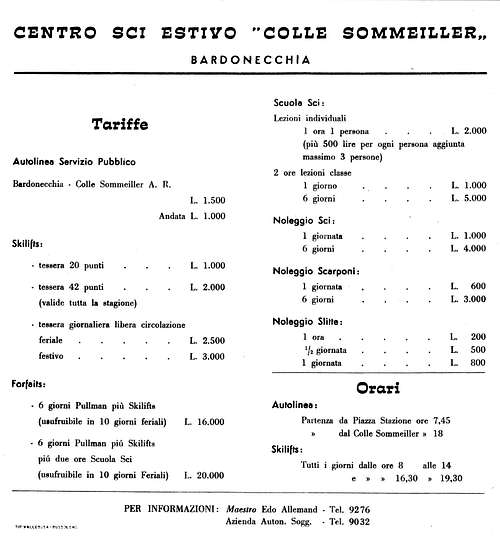






Comments
Post a Comment